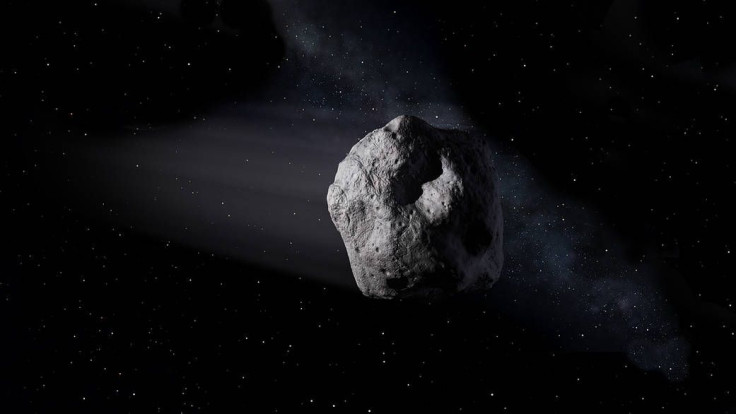NASA Asteroid Tracker: 125-Foot NEO Will Be Terrifyingly Close To Earth On Tuesday

NASA has detected an asteroid that will fly dangerously close to Earth on Tuesday. According to the agency’s Center for Near Earth Object Studies (CNEOS), the massive space rock will approach the planet within a lunar distance of less than one.
The asteroid, dubbed as 2019 MB4, is currently travelling at a speed of 16,038 miles per hour. CNEOS noted that the near-Earth object has a diameter of about 125 feet, making it almost as tall as the Chicago Water Tower.
Based on the data collected by NASA regarding the asteroid, 2019 MB4 is expected to zip past the planet on July 9 at 7:20 am ST. During its approach, the asteroid will be within 0.00211 astronomical units or 196,136 miles away from the planet. At this distance, the asteroid will be closer to Earth than the Moon.
Aside from approaching Earth at a very close distance, another worrying factor regarding 2019 MB4 is its brief history. NASA’s earliest record for 2019 MB4 was the asteroid’s close-Earth approach on Sept. 5, 2016. Compared to its upcoming approach, 2019 MB4 flew at a much farther distance three years ago. According to CNEOS’ data from 2016, the asteroid approached the planet from a distance of 40 million miles away.
The drastic changes regarding the asteroid’s distance to Earth during its approaches clearly indicate that there are factors in space affecting 2019 MB4’s trajectory. It is possible that the asteroid passed through a keyhole, which is a region in space that’s strongly affected by the gravitational pull of a nearby large object such as planets or moons. Going through the keyhole may have nudged the asteroid into its current path.
As for its upcoming approach, 2019 MB4 will certainly get affected by gravitational forces again especially since it will be passing in between the orbits of Earth and the Moon. This means that for its next fly by, there’s a chance that 2019 MB4 will approach the planet at a much closer distance. It could even cause a new impact event by hitting Earth if it gets pulled into a collision course with the planet.
© Copyright IBTimes 2024. All rights reserved.





















